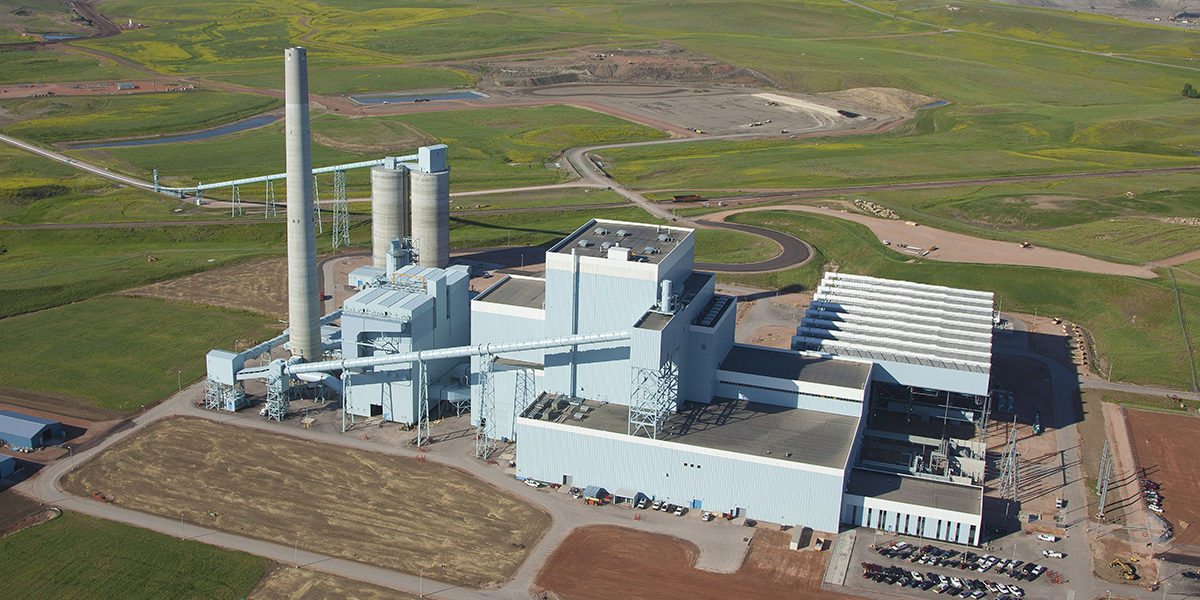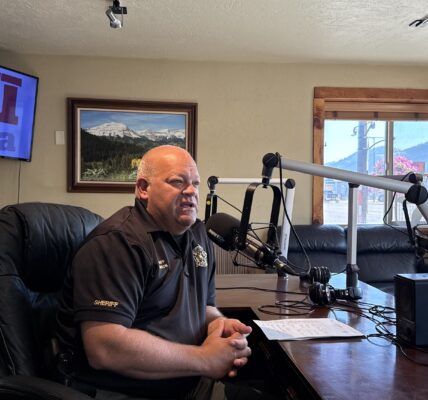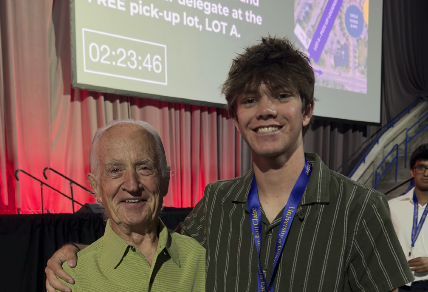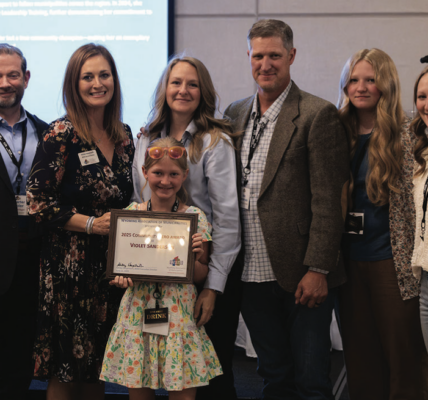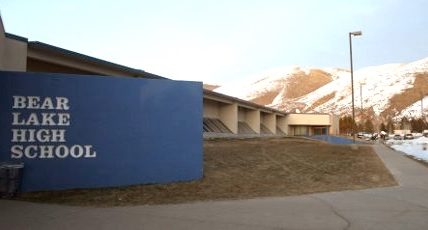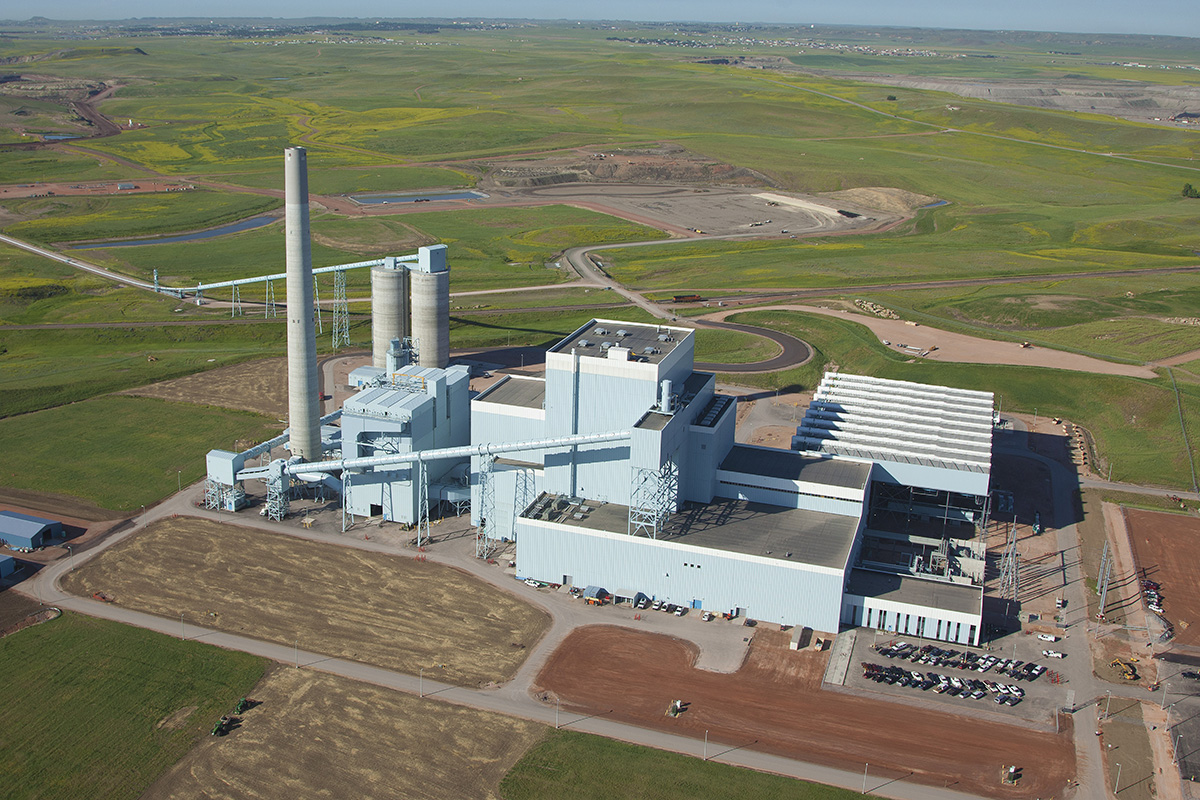
• Move comes after two projects break ground near Gillette
By Aedan Hannon
Casper Star-Tribune
Via- Wyoming News Exchange
CASPER — The University of Wyoming’s School of Energy Resources is taking over management of the state’s leading carbon capture test site.
The School of Energy Resources is assuming control of the Wyoming Integrated Test Center at Basin Electric Power Cooperative’s Dry Fork Station coal plant in Gillette, taking the reins from the Wyoming Energy Authority which has managed the carbon capture test site that first opened in 2018.
Friday’s announcement by the university comes weeks after researchers and industry leaders broke ground on two projects to study carbon technologies that could soon extend the viability of coal or natural gas power plants amid market and environmental pressures.
The change is largely administrative and will have little impact on day-to-day operations, said Jason Begger, the center’s director.
But the School of Energy Resources brings with it resources beyond the four-member Wyoming Energy Authority. The School of Energy Resources itself has been closely involved with the development of the facility as well as an early player in carbon capture research.
“What I think it does show is just sort of the evolution and the growth of that facility,” Begger said.
Since the center’s inception back in 2014 under then-Gov. Matt Mead, the research site has transformed into one of the few facilities worldwide where carbon capture innovators can test their ideas at a commercial scale. Just last year, the center was recognized internationally becoming the 15th carbon capture research facility inducted into the International Test Center Network.
“It really became more of an operational issue. Now we’ve got a facility, it’s up and running, and now we just need to operate it [and] think to the future,” Begger said.
As the leader of the public-private partnership, the School of Energy Resources will bring with it an ongoing relationship with the U.S. Department of Energy. The school already administers and oversees a number of Department of Energy grants, a relationship that could benefit the test site down the road as the federal government looks to invest more in carbon capture technology.
“We’re looking at more and more funding opportunities coming out of DOE,” Begger said. “An area of opportunity is trying to see if we can obtain some of that money to upgrade the facility, add more testing infrastructure, more amenities, those types of things to be more attractive to a wider array of carbon capture technologies.”
Researchers currently rely on coal-based flue gas from the Dry Fork Station to test their concepts, but the consistency of coal flue gas is different from other power sources, such as natural gas, Begger said.
With money from the Department of Energy, the center could build out the test site so it could replicate other carbon dioxide emitting sources, appealing to companies as a single site for all of their research.
The test center under the School of Energy Resources will look to build on a string of recent successes.
The test site hosted five teams of researchers competing for the $20 million NRG COSIA Carbon XPRIZE, which asked companies to capture and convert carbon dioxide into other products. One of two winners, UCLA CarbonBuilt, used the center to reduce the carbon footprint of concrete by injecting captured CO2 into the cement mixture.
Then early last month,
Japanese manufacturer Kawasaki Heavy Industries and California-based Membrane Technology and Research broke ground on the first major carbon capture projects at the center after the coronavirus pandemic disrupted years of planning and investment. Kawasaki Heavy Industries will test a new type of carbon-absorbing compound, while Membrane Technology and Research will study membranes that pull carbon dioxide from the flue gas of Dry Fork Station.
For Membrane Technology and Research, the research marks the last step before its technology would begin commercial production.
“SER has been honored to collaborate with ITC stakeholders since its inception, and we look forward to continuing those relationships as we move to a management role for the facility,” Holly Krutka, the executive director of the School of Energy Resources, said in a statement. “The ITC is an important component of Wyoming’s overall approach to carbon management and is a success story that supports development of new technologies aimed at driving down costs for carbon capture.”
Gov. Mark Gordon also applauded the management change.
Gordon and other Wyoming leaders have touted carbon capture as a solution for the state’s slumping coal industry as it aims to compete with increasingly affordable energy sources with lower emissions. In a press release, Gordon again praised the test center and the new funding opportunities the School of Energy will bring.
“Under the guidance of SER, the ITC will show Wyoming is serious about practical and workable carbon-management solutions that reduce CO2 emissions while simultaneously promoting responsible, reliable and affordable energy from fossil fuels,” he said.

